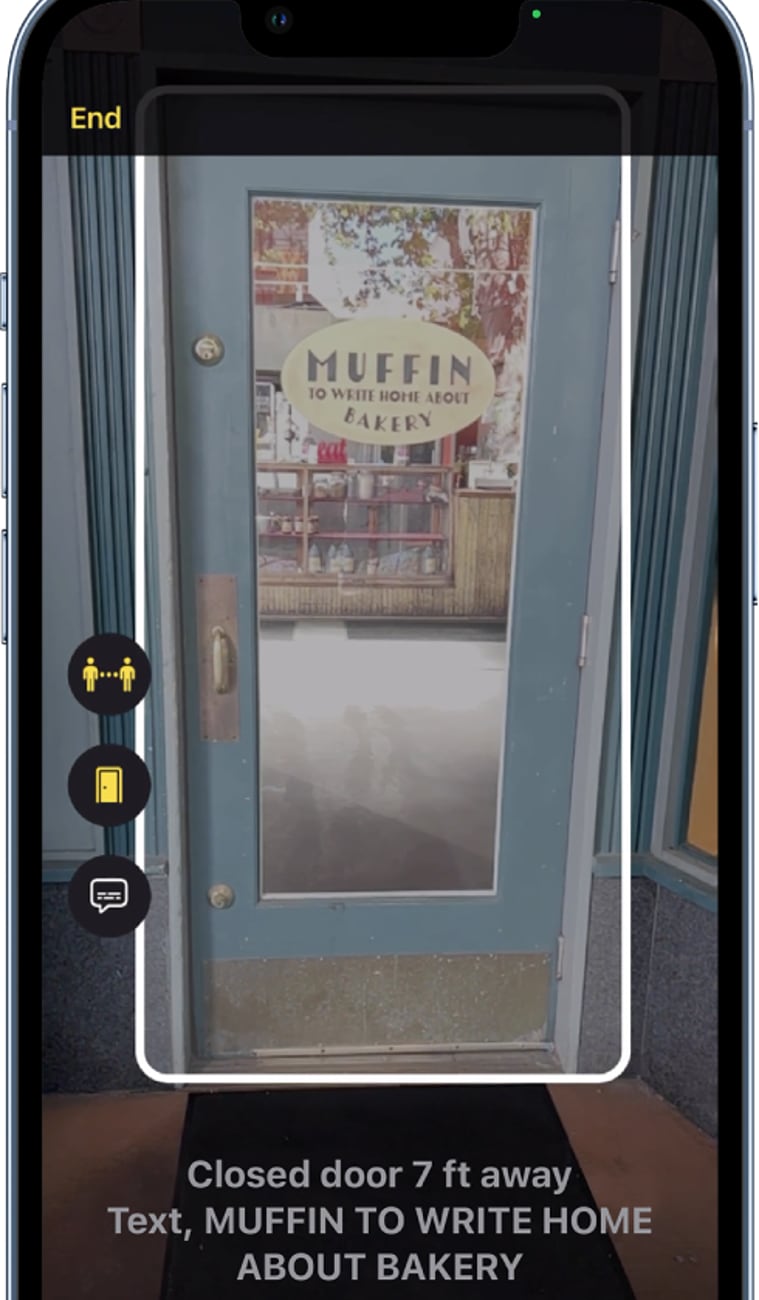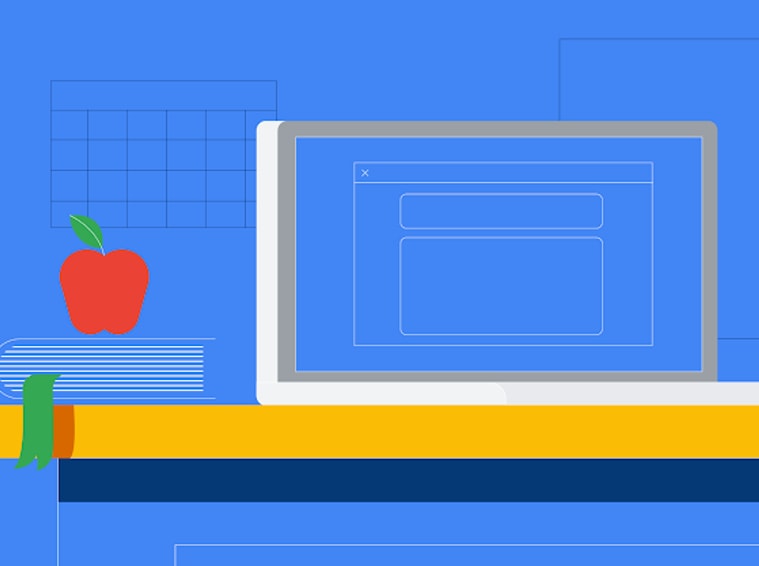It’s been a tumultuous year in tech with many breaking events that dominated our social timelines including Elon Musk’s Twitter takeover, cryptocurrencies crashing and massive tech layoffs in Big Tech. These were popular stories that got maximum eyeballs and attention. But 2022 wasn’t just about Twitter or Meta’s struggles. Throughout the year, we saw the launch of many new tech features from the biggest tech companies but were barely discussed and completely sidelined. From iOS 16’s medication tracking to Fitbit Sense 2’s all-day stress management feature, these four overlooked tech features that average users have never heard of or completely forgotten.
Medication reminder
Not the iPhone 14 Pro’s Dynamic Island but a tool that reminds you when to take your medications was a game changer for many users. Rolled out as part of iOS 16, the Medications feature, available on both the iPhone and Apple Watch in the Health app, wasn’t just impressive but convenient as well. In fact, it proved useful for those (at least in the case of the elderly) who take multiple medications, making it easy for caretakers to keep track of medications without relying on their memory or third-party apps. When adding a medicine, you could enter the name of the medicine but also fill in the type of medicine (capsules, tablets, etc.) and how often it must be taken, and its shape or color. Users also have the option to use the camera to scan a pill bottle to import information, and set up schedules and receive alerts to take their medications on time. Although a simple feature, it’s high time Apple’s Medication tracking feature should get the attention it deserves.
 Fitbit’s Sense 2 can monitor your stress levels. (Image credit: Anuj Bhatia/Indian Express)
Fitbit’s Sense 2 can monitor your stress levels. (Image credit: Anuj Bhatia/Indian Express)
Fitbit Sense 2’s cEDA sensor
The Fitbit Sense 2 may have been written off by many as a lackluster smartwatch, but its one feature deserves a standing ovation. No, it’s not the sleep tracking feature but how the smartwatch manages your stress through a new body response sensor. In fact, Sense 2 was so accurate at detecting when I was stressed. Fitbit detected body responses when I was feeling particularly anxious during the day and a body response alert came, notifying me that I was stressed. This is all due to the new Body Response sensor on the Sense 2 that adds continuous electrodermal activity (cEDA) tracking, which uses your heart rate, skin temperature, and sweat levels. Stress and anxiety are just a few of the things that could affect your mental health but we don’t like to talk about them in the name of “mental illness.” The Sense 2 through its cEDA sensor looks for signs of stress and takes you to the path of having a conversation with your mind. While I found Sense 2’s all-day stress tracking useful, it still has room for improvement. For example, there were times when I knew I was stressed, but the smartwatch gave me the body response alert only after I felt a little better mentally.
 The feature works with select iPhone and iPad models with the LiDAR scanner. (Image credit: Apple)
The feature works with select iPhone and iPad models with the LiDAR scanner. (Image credit: Apple)
Door Detection
The Door Detection in iOS 16 deserves special attention, too. Unfortunately, the accessibility feature was overlooked, underestimated and unfairly dismissed. Door Detection, designed to help blind and low-vision users to help locate the door, uses a combination of LiDar (Light Detection and Ranging) and the user’s camera to identify and describe doors. The tool could tell the user how far they are from the door, if the door is open or closed, how to open it, and more. Door Detection was innovative, but because it was rolled out as an accessibility feature, the world barely paid attention to it. It’s a problem with tech at large. If even big tech companies like Apple push such accessibility features, they often get sidelined or at times completely forgotten. It’s time to pay attention to accessibility features, because technology is incomplete without inclusivity.
 Google Docs’ pageless documents feature was made available to all users earlier this year. (Image credit: Google)
Google Docs’ pageless documents feature was made available to all users earlier this year. (Image credit: Google)
Pageless format in Google Docs
The new Pageless format feature in Google Docs almost feels like it deserved more attention upon its initial release and has mostly been left out of year-end conversations. For years, the most frustrating thing about Google Docs has been the inability to quickly shift from page-based formatting to a pageless flow. Well, that changed this year when Google added the pageless Google added the Pageless layout to Docs that provides you with a continuous page without page breaks as in the default Pages view. Sure, the new Pageless feature might not be perfect for every use case but a lot of people will greatly benefit from the new layout. Nobody has really talked about Google Docs Pageless and that’s a pity because it’s a productivity feature that will change how you work.
.